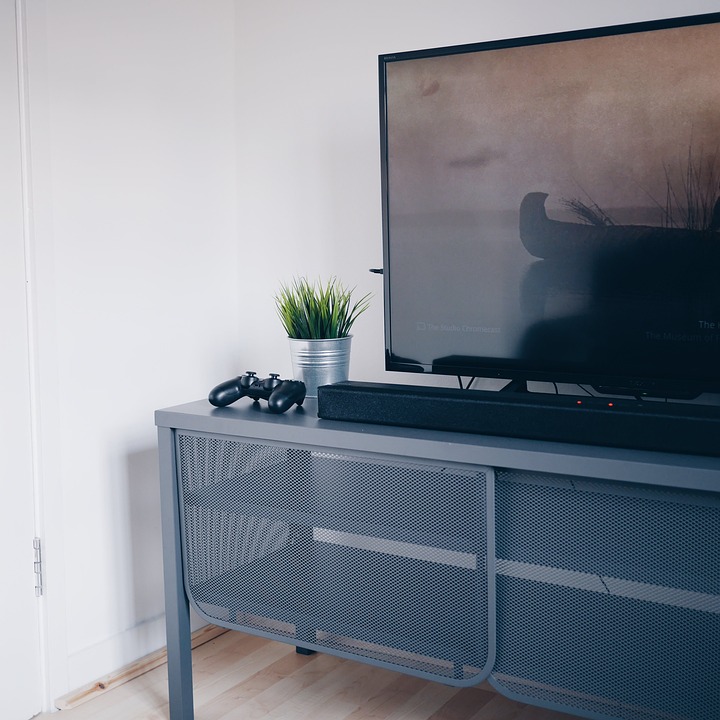Shooting in low light situations can be a challenge to any photographer. Every camera reacts differently to situations where the internal light meter is telling the camera there isn’t enough light. In most such situations the camera will default to the only option it has for adding more light, the built-in flash unit.
In the majority of snapshot scenarios the internal flash can manage just fine. You and your mates out a local pub or gathered around the dinner table, are all within the design parameters of most point-and-shoot cameras. Even high end professional cameras like the Canon 5D and Canon 7D have pop-up flash units built into the camera for just such situations.
Move outside that relatively narrow window covered by the camera’s internal flash and low light photography becomes a technical challenge that will require either a much larger external flash unit, or some manual intervention by you.
With professional grade cameras it’s possible to purchase external flash units that are powerful enough to, literally, light the world. At least the world 290 feet in front of the lens, which is an amazing amount of light power.
Sometimes you don’t have one of those fabulously expensive flash units along, sometimes you don’t want one.
Often the appeal of a low light situation are the shadows and dark areas contrasting with areas of light or color. When it comes to these type of lighting situations, the Mark 1 human optical device, otherwise known as your eyeball, has no equal. Your camera simply can’t compete with the limited number of options at its disposal.
If the scene is too big for the internal flash, all the camera can do is raise the ISO or open the aperture and use a longer exposure. More often it will simply fire the internal flash in a vain attempt to light the scene and deliver the dark picture. At this point you have to step in and tell the camera what to do instead of asking.
An easy adjustment most cameras have in their menus somewhere is turning the flash off. Then you can focus on the lighter part of the picture and press the shutter button half-way down. All cameras are different, but most of the time that will lock the exposure while you re-frame with more dark areas and shadows and take the picture. The lighter parts of the picture will be properly exposed and the dark areas will be silhouettes.
Some more complicated adjustments might include locking the camera’s ISO setting. If the camera is free to choose the ISO, it will run the sensitivity up as high as possible. At higher ISOs shadows and dark areas can start showing a lot of noise as the camera software tries vainly to see the detail in areas of shadow. A better option, for cameras that have the adjustment, is to lock the ISO at a lower setting and preserve the shadows.
You’ll also want to brace your camera somehow. Carrying a tripod is not always convenient, but a monopod is very easy to pack along and works in all but the darkest times. You can always brace your camera on a bean bag or other stable surface and use the self-timer to avoid button shake.


